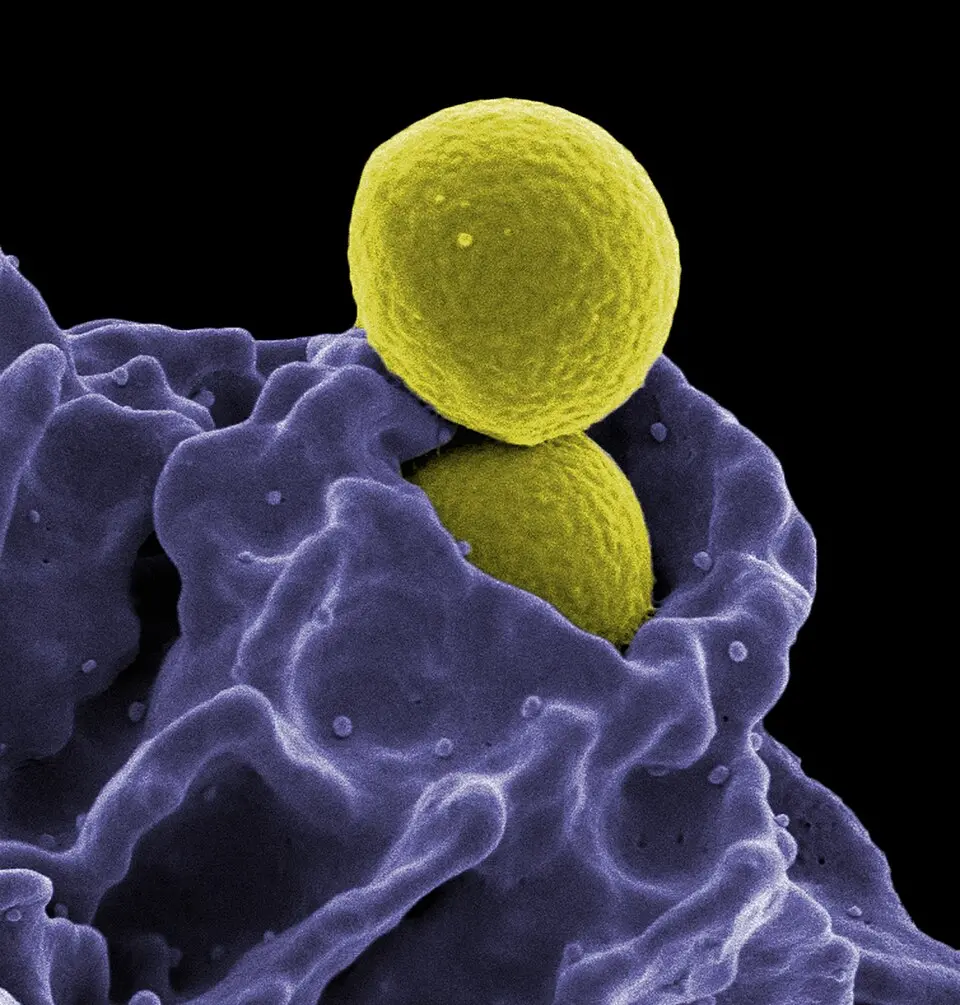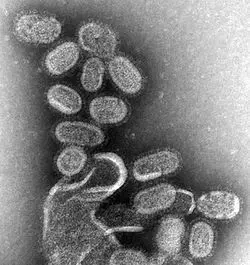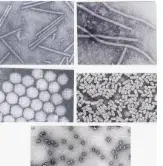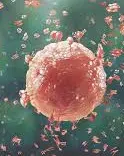1.Resistance to Nutritional Immunity
By limiting vital micronutrients, nutritional immunity serves as a crucial host defense mechanism. Studies on Candida albicans show that zinc deficiency causes:
Production of siderophores for iron acquisition.
A morphological transition to hyphal forms.
Upregulation of zinc transporters Zrt1 and Zrt2.

4.Interspecies Variability in Host-Pathogen Interactions
There are notable interspecies variations in standardized phagocytosis assays:
- Internalization periods between five and twenty-five minutes
- Rates of intracellular survival range from 15% to 65%.
- Distinct recognition patterns by TLR2 and TLR4 receptors
5.Experimental Current approaches
Current Experimental Current approaches in the field consist of:
Under nutritional stress, RNA-seq sequencing
- Generation of knock-out mutants with CRISPR-Cas9
- Analysis of host-pathogen interactions using proteomics
- Structural analysis using scanning electron microscopy
3.Specialized Virulence Factors
The cytolytic peptide Candidalysin exhibits distinct characteristics:
- A 31-amino acid amphipathic peptide structure
- Secretion that is exclusive to hyphal development
- Specific interaction with host plasma membranes
successful experience.
2.Evasion of Phagocytic Defenses
Under phagocytic-mimicking circumstances, transcriptome study of Candida glabrata reveals:
- Antioxidant gene overexpression (CAT1, SOD1)
- Membrane transport system modification
- Reprogramming the energy metabolism of mitochondria





